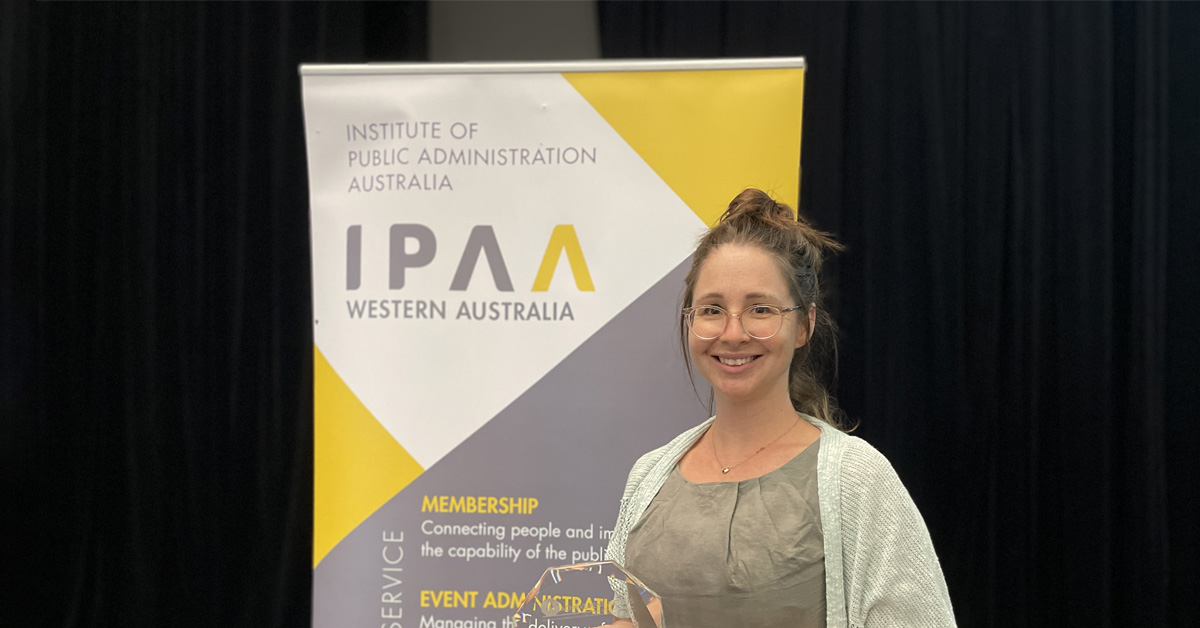Search
Research
Risk perception and risk-taking behaviour during adolescence: The influence of personality and genderThis study investigated the influence of personality characteristics and gender on adolescents' perception of risk and their risk-taking behaviour.
Research
Longer-term increased cortisol levels in young people with mental health problemsHair segment analyses revealed longer-term increased levels of cortisol in the past 3 months in early mental health problems
Research
Risk factors for decline in IQ in youth with type 1 diabetes over the 12 years from diagnosis/illness onsetThis study examined illness-related change in intelligence quotient (IQ) in a cohort of youth with type 1 diabetes studied prospectively from disease onset...
Research
Meeting the needs of young people in hospitalFor hospital-based clinicians wishing to establish AYA services, how should they proceed and what might such services look like?
Research
The Differential Influence of Contextual Risks on Psychosocial Functioning and Participation of Australian Aboriginal YouthMethodological issues and implications for interventions to support young Aboriginal people's adaptation are discussed.
Research
Cholesteryl ester transfer protein gene polymorphisms increase the risk of fatty liver in females independent of adiposityEnvironmental factors including excessive caloric intake lead to disordered lipid metabolism and fatty liver disease.
Research
Effect of the increase in "alcopops" tax on alcohol-related harms in young people: a controlled interrupted time seriesThe objective of this study was to measure alcohol-related harms to the health of young people presenting to emergency...
Research
Polyunsaturated fatty acid intake and blood pressure in adolescentsPolyunsaturated fatty acid intake and blood pressure in adolescents, cross-sectional associations, BP and dietary intake of PUFAs, adolescents, aged 13-15 years

News & Events
Award for Sun Safe app developed with teensThe Kids Research Institute Australia researchers who worked with young people to develop an app designed to help teenagers stay safe in the sun have been named joint winners of a new award for ‘Best Practice in Children’s Consultation’.
Research
Sole-parent work schedules and adolescent wellbeing: Evidence from AustraliaExplores the effects of parental work schedules on the mental and physical health of adolescents aged 15-20 in sole-parent families
